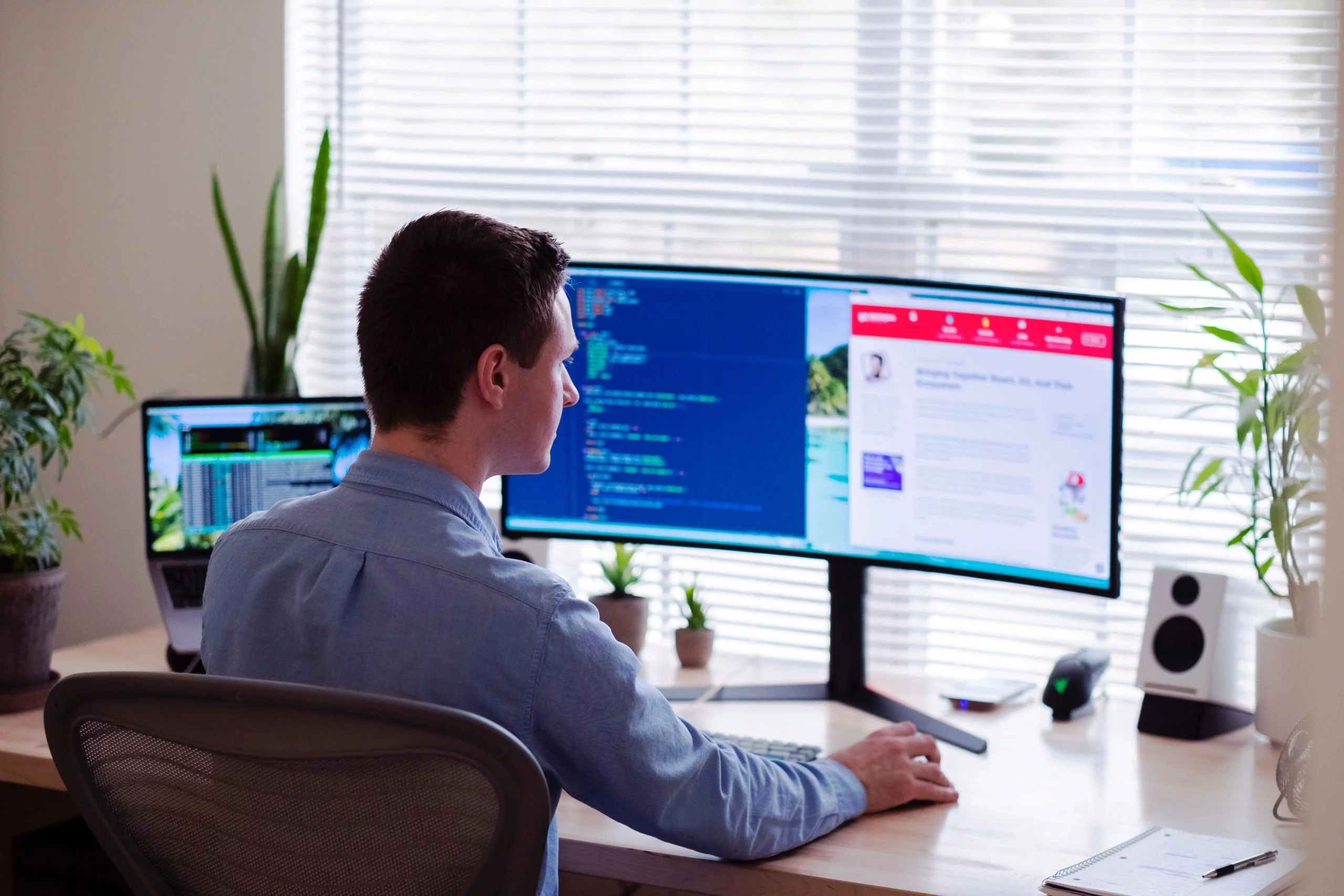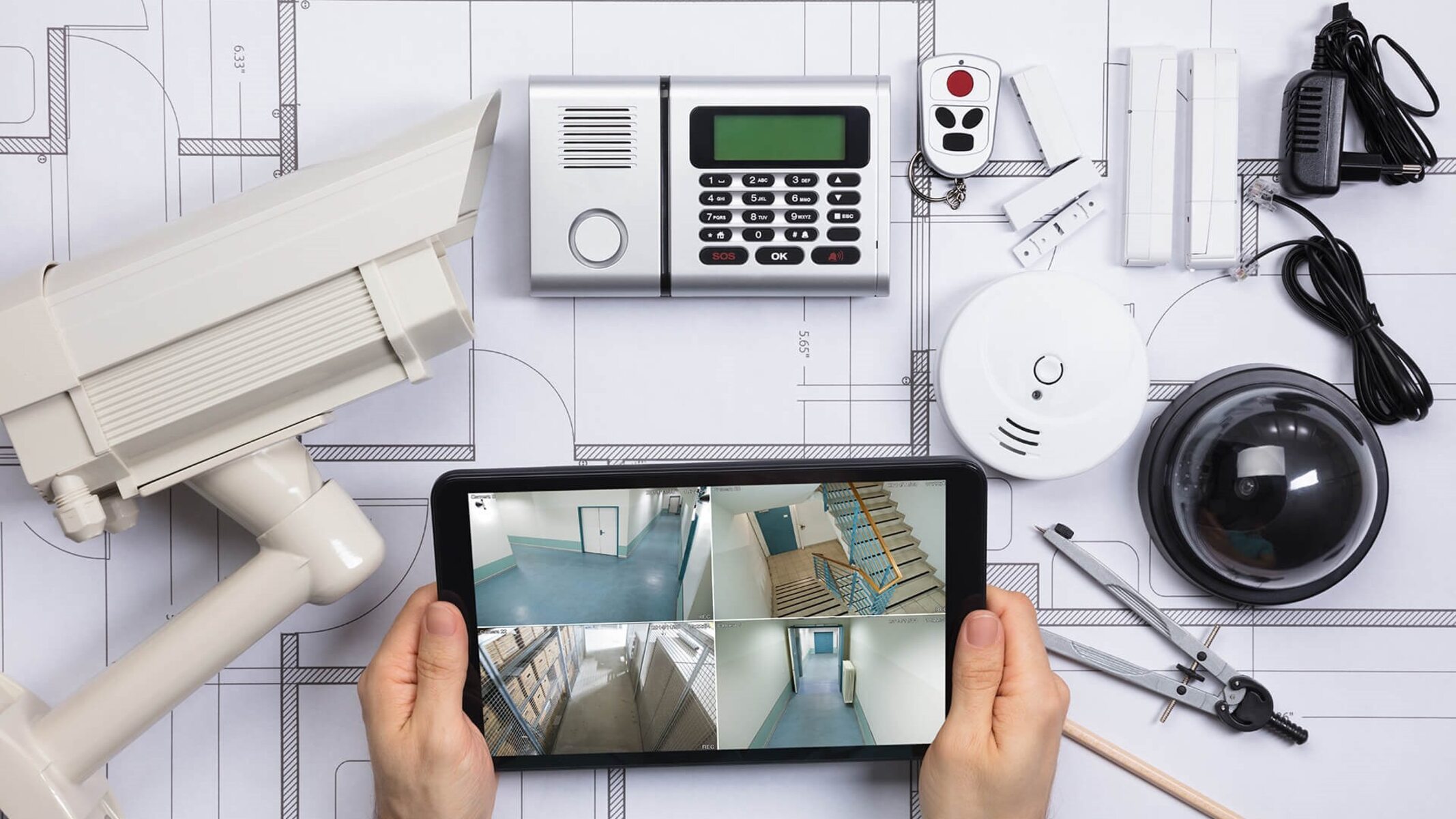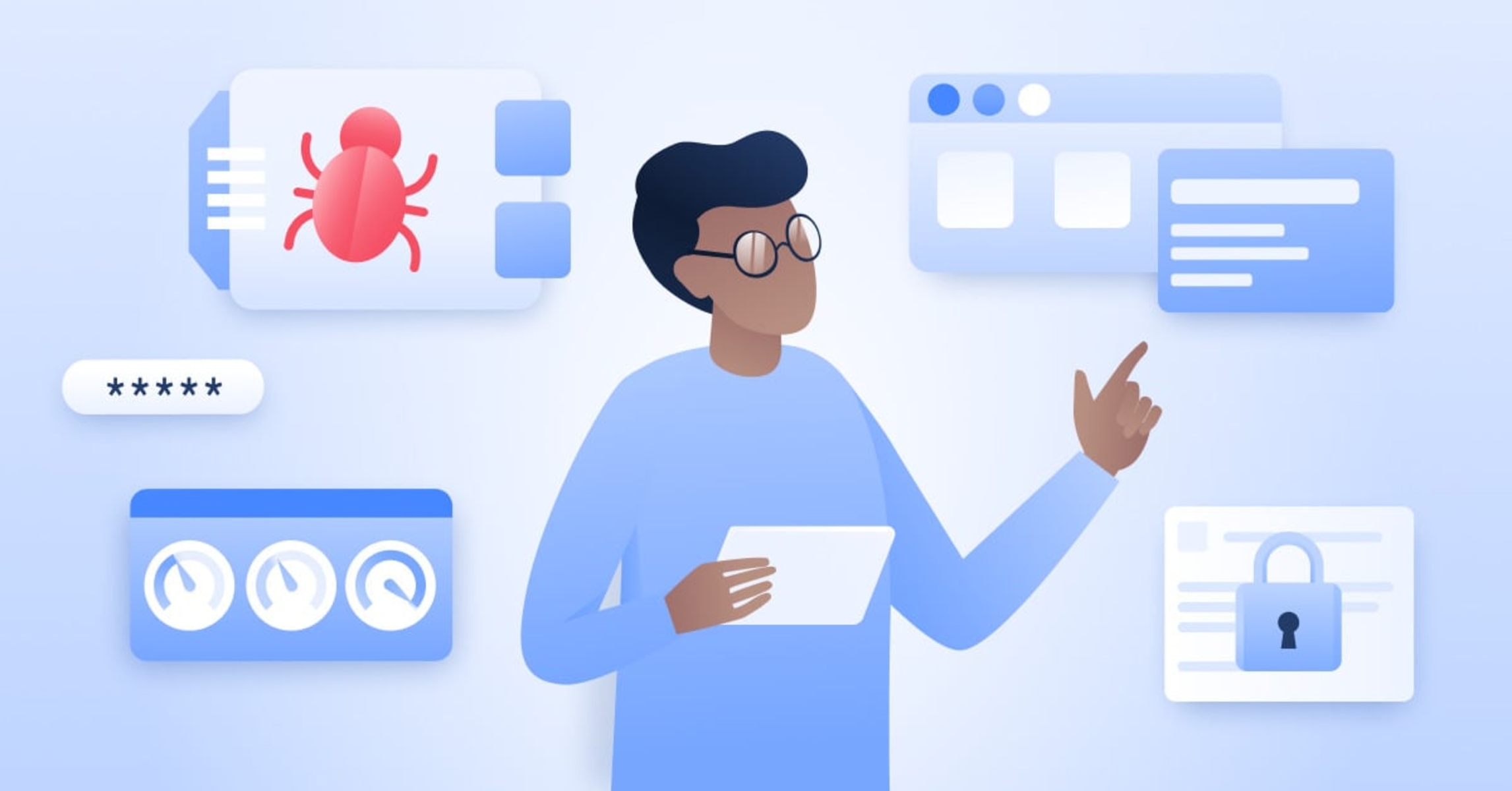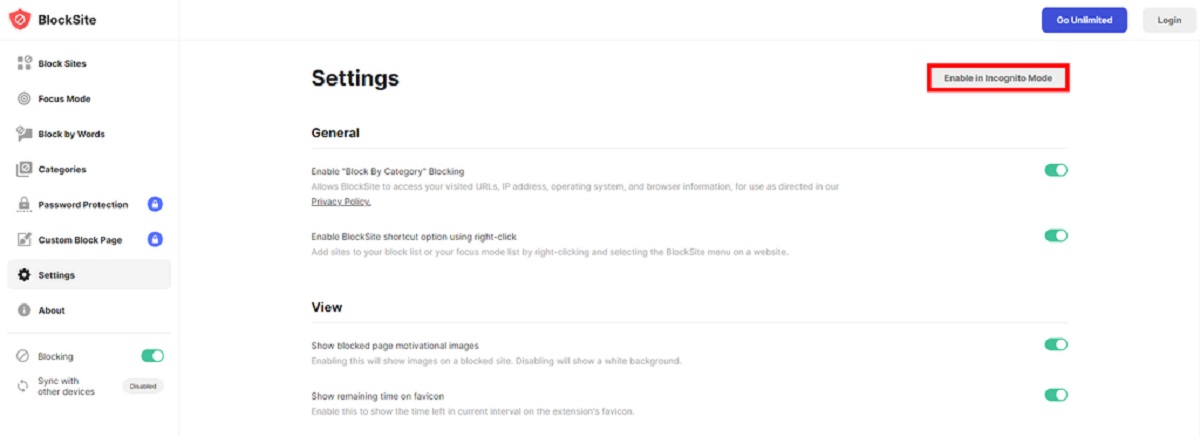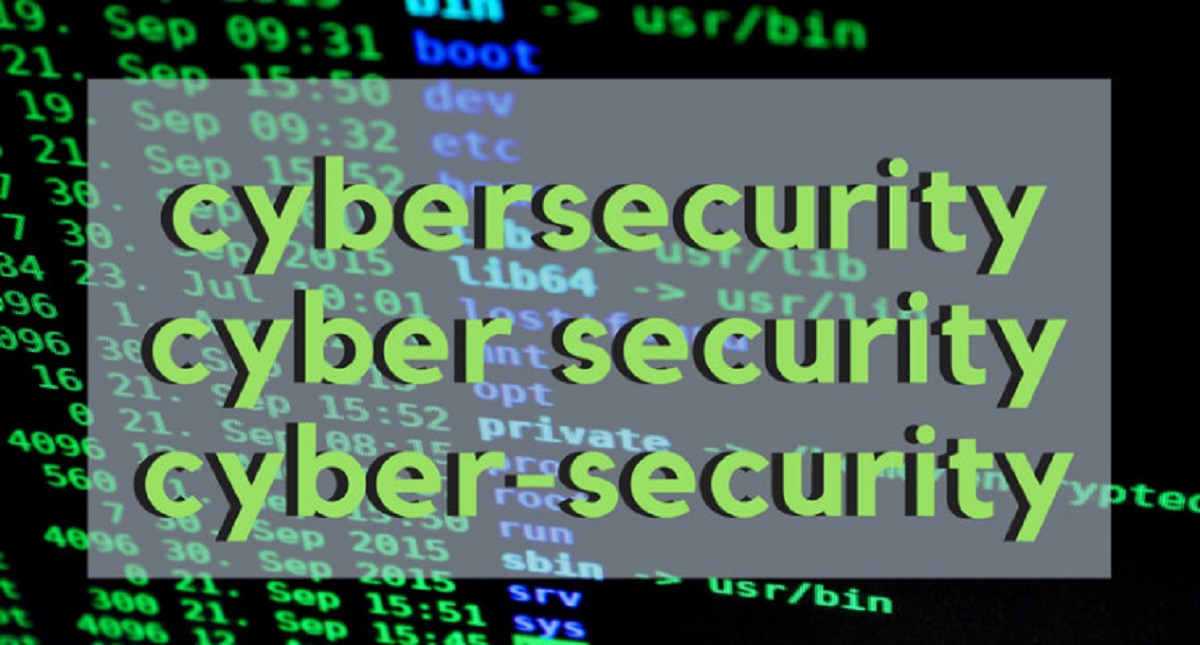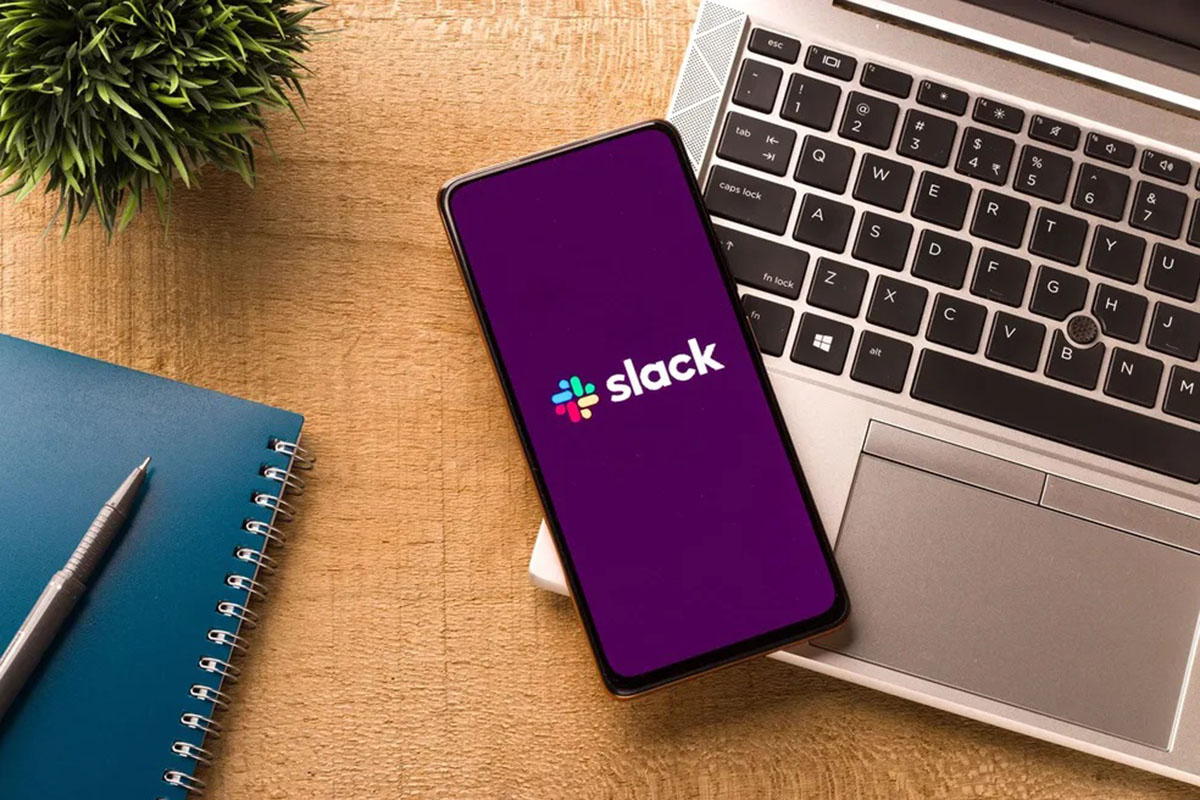Introduction
Welcome to the world of remote work, where employees can work from the comfort of their own homes, saving time and money on commuting. Working from home offers numerous benefits, such as increased flexibility, improved work-life balance, and reduced stress levels. However, with this shift to remote work comes the need for employers to adapt and find effective ways to monitor their employees’ productivity.
Monitoring employees working from home is essential to ensure that tasks are completed in a timely manner, maintain productivity levels, and identify any potential issues that may arise. Effective monitoring not only helps managers keep track of individual and team progress but also enhances communication and collaboration within the remote workforce.
With the ever-increasing popularity of remote work, it is crucial for companies to establish clear expectations and guidelines for their remote employees. By setting expectations from the beginning, employers can ensure that remote workers know their responsibilities, working hours, and performance metrics. This provides a framework for monitoring and evaluating their progress.
In this article, we will explore various strategies and tools that employers can utilize to monitor their employees effectively while working from home. From tracking productive hours to implementing communication tools and addressing privacy concerns, we will cover all the necessary aspects to ensure a well-managed remote workforce.
Importance of Monitoring Employees Working From Home
When employees transition to remote work, it can be tempting to believe that they will automatically maintain the same level of productivity as they would in a traditional office setting. However, without proper monitoring and management, productivity levels can suffer, and employees may feel disconnected or unsupported. That is why monitoring employees working from home is crucial for the following reasons:
- Ensuring productivity: Monitoring allows employers to ensure that employees are staying on track and meeting their deadlines. By tracking their progress, managers can identify any potential bottlenecks or issues that may be hindering productivity. It also provides an opportunity to offer support and guidance when needed, ensuring that work is being completed efficiently.
- Identifying potential issues: Monitoring employees allows managers to identify any emerging issues or challenges that may affect the overall performance of the team. By having visibility into the work being done, managers can address these issues early on, preventing them from escalating and impacting the team’s productivity and morale.
- Promoting accountability: When employees know that their work is being monitored, they are more likely to stay focused and accountable for their tasks. Monitoring helps create a sense of responsibility and encourages employees to take ownership of their work, resulting in improved performance and higher quality output.
- Improving communication and collaboration: Remote work can sometimes lead to communication gaps or a lack of collaboration among team members. By monitoring employees, managers can identify any breakdowns in communication and take proactive steps to address them. This can involve implementing collaboration tools, conducting regular check-ins, and fostering a culture of open communication.
- Recognizing high-performing employees: Monitoring employees allows managers to recognize and reward high-performing individuals. By tracking their productivity and achievements, managers can provide timely feedback and acknowledge their contributions. This not only boosts employee morale but also encourages others to strive for excellence.
Overall, monitoring employees working from home is essential to maintain productivity, identify potential challenges, promote accountability, improve communication, and recognize outstanding performance. By implementing effective monitoring strategies and using the right tools, employers can create a supportive and well-managed remote work environment.
Setting Clear Expectations
One of the fundamental steps in effectively monitoring employees working from home is setting clear expectations. When working remotely, employees need to have a clear understanding of what is expected of them in terms of tasks, deadlines, and performance metrics. Here are some key aspects to consider when setting expectations:
- Task assignments: Clearly define the tasks and projects that employees are responsible for. Provide detailed instructions and guidelines to ensure that they have a clear understanding of what needs to be accomplished. Set realistic expectations regarding the quantity and quality of work to be delivered.
- Deadlines: Establish specific deadlines for each task or project. Clearly communicate the expected completion date and any intermediate milestones. This helps employees prioritize their work and ensures that projects are completed in a timely manner.
- Availability and working hours: Define the specific working hours or availability requirements for remote employees. Make it clear whether they need to be available during normal business hours or if there is flexibility in their schedule. This helps maintain consistency in communication and collaboration among team members.
- Performance metrics: Identify the key performance indicators (KPIs) that will be used to assess the employees’ performance. These metrics can include productivity levels, quality of work, meeting deadlines, and communication responsiveness. Clearly communicate how these metrics will be measured and what the expectations are for each metric.
- Communication guidelines: Establish communication protocols and guidelines for remote team members. Specify the preferred communication channels to be used for different types of communication, such as project updates, requests for assistance, or general team discussions. This ensures that everyone is on the same page and facilitates smooth communication within the remote team.
By setting clear expectations, employers provide remote employees with a roadmap to success. It eliminates any ambiguity, reduces misunderstandings, and allows employees to align their work accordingly. Clear expectations also provide a basis for monitoring and evaluating employee performance throughout the remote work arrangement.
Tracking Productive Hours
When employees work from home, it can be challenging to track their actual working hours and ensure they are dedicating sufficient time to their tasks. Monitoring and tracking productive hours is crucial to ensure that employees are maintaining a balanced work schedule and meeting their work obligations. Here are some effective strategies for tracking productive hours:
- Time tracking tools: Utilize time tracking software or apps that allow employees to log their working hours. These tools can track the time spent on specific tasks or projects and provide a detailed breakdown of how employees allocate their time throughout the day. It enables employers to monitor productivity levels and identify any time management issues.
- Regular check-ins: Implement regular check-in meetings with remote employees to discuss their progress and tasks. These check-ins can be done through video conferences or phone calls. It provides an opportunity for employees to update their managers on their work and ensures that they are consistently engaging with their responsibilities.
- Task management systems: Implement an online task management system that allows employees to record their tasks, set deadlines, and track their progress. This not only helps employees stay organized but also provides managers with visibility into the tasks being completed and the time taken to complete them.
- Goal-oriented approach: Set clear goals and objectives for each employee. By focusing on goals rather than strict working hours, employees can work at their own pace and achieve their targets. This approach encourages self-accountability and allows for a more flexible work schedule while still ensuring desired outcomes.
- Encourage breaks and rest: Remember that productivity is not solely about the number of hours worked but also about having a healthy work-life balance. Encourage employees to take regular breaks and rest to prevent burnout. By promoting work-life balance, employees are more likely to be focused and productive during their working hours.
Tracking productive hours allows employers to ensure that employees are allocating an appropriate amount of time to their work tasks and not falling behind. It provides valuable insights into work patterns and time management, helping to identify areas for improvement and increase overall productivity.
Communication and Collaboration Tools
Effective communication and collaboration are essential for remote teams to work together seamlessly. With employees working from home, it becomes crucial to use the right tools and technologies to ensure smooth and efficient communication. Here are some essential communication and collaboration tools for remote teams:
- Video conferencing software: Video conferencing tools like Zoom, Microsoft Teams, or Google Meet allow teams to have face-to-face meetings and discussions, even when physically apart. These tools enable real-time communication, facilitate team collaboration, and help build stronger connections among remote team members.
- Instant messaging platforms: Instant messaging platforms such as Slack, Microsoft Teams, or Discord provide a quick and efficient way for remote team members to communicate. These platforms offer features like group chats, direct messaging, and file sharing, making it easy for teams to collaborate and exchange information in real-time.
- Project management software: Project management tools like Asana, Trello, or Basecamp help teams organize, track, and manage tasks and projects. These platforms provide a centralized space for assigning tasks, setting deadlines, and monitoring progress. They also enable collaboration through features like file sharing, comment threads, and task updates.
- Document collaboration tools: Tools like Google Drive or Microsoft 365 allow remote team members to collaborate on documents, spreadsheets, and presentations in real-time. These platforms enable multiple users to work on the same document simultaneously, facilitating collaboration and ensuring that everyone stays up-to-date with the latest changes.
- Virtual whiteboarding tools: Virtual whiteboarding tools like Miro or Microsoft Whiteboard enable teams to brainstorm, visualize ideas, and collaborate on visual projects. These tools provide a virtual space where team members can create and share diagrams, charts, and sketches, fostering creativity and enhancing collaboration.
By utilizing communication and collaboration tools, remote teams can stay connected, share information, and work together effectively. These tools enable seamless communication, enhance collaboration, and provide a centralized platform for remote team members to collaborate and achieve their goals.
Monitoring Internet Usage
While remote work offers flexibility, it also poses challenges in terms of ensuring employees are effectively utilizing their work time. Monitoring internet usage is essential to ensure that employees are focused on work-related activities and not engaging in excessive non-work-related browsing. Here are some strategies for monitoring internet usage:
- Internet monitoring software: Implement internet monitoring software that tracks employees’ internet activity during working hours. This software provides insights into the websites visited, time spent on each site, and overall internet usage patterns. It helps employers identify any excessive non-work-related activities that may be impacting productivity.
- Blocking non-work related websites: Utilize web filtering tools to block access to non-work-related websites or specific websites that may be particularly distracting. By limiting access to social media, entertainment, or other non-essential sites, employees are less likely to get sidetracked and more inclined to stay focused on their work tasks.
- Transparent communication: Clearly communicate the expectations regarding internet usage to employees. Let them know that reasonable personal use is acceptable but excessive or prolonged non-work-related browsing is discouraged. Transparent communication ensures that employees are aware of what is permissible and are more likely to adhere to the guidelines.
- Encourage breaks and offline work: Encourage employees to take regular breaks and engage in offline tasks when appropriate. By promoting a healthy work-life balance, employees are less likely to seek constant distractions on the internet. Encouraging offline work also allows employees to focus on specific tasks without the temptation of online distractions.
- Data analytics and reporting: Utilize data analytics and reporting tools to analyze internet usage patterns and identify any notable trends or outliers. These tools can provide valuable insights into overall internet usage across the organization, enabling employers to address any potential concerns effectively.
Monitoring internet usage is not about micromanaging employees but rather about ensuring productivity and maintaining a focused work environment. It helps employers identify any excessive internet distractions and take appropriate measures to minimize them, ultimately leading to improved productivity and work efficiency.
Tracking Software Usage
In addition to monitoring internet usage, tracking software usage is another important aspect of effectively managing remote employees. By monitoring the software being utilized, employers can ensure that employees are using the necessary tools and applications for their work. Here are some strategies for tracking software usage:
- Asset management tools: Implement asset management tools or software that tracks the software installed on employees’ devices. These tools provide insights into the applications used, versions, and frequency of usage. This helps employers ensure that employees have the necessary software to perform their tasks efficiently.
- License management: Use license management tools to monitor the usage of licensed software. These tools allow employers to track how many licenses are being used, by whom, and for what purpose. It ensures that software licenses are being utilized effectively and helps prevent unauthorized usage.
- Employee self-reporting: Encourage employees to self-report the software they use for their work tasks. This can be done through regular check-ins, surveys, or dedicated software reporting channels. By allowing employees to report the software they rely on, employers can gain insights into their software needs and identify any potential gaps or licensing requirements.
- Communication and collaboration tools: Monitor the usage of communication and collaboration tools to ensure that employees are utilizing them effectively. Tracking the usage of tools like video conferencing software, instant messaging platforms, and project management applications helps employers evaluate the level of engagement and collaboration among remote employees.
- Action logs and reports: Use action logs and reports provided by software applications to track employee usage. Many applications have built-in features that log the actions taken by users, including time logs, file activity, and other relevant information. These logs provide valuable insights into how employees are utilizing software tools in their day-to-day work.
Tracking software usage allows employers to ensure that employees have access to the necessary software, are utilizing licensed applications effectively, and are engaging in proper communication and collaboration. It also enables employers to identify any gaps in software usage, provide additional training if needed, and optimize the software tools available to remote employees.
Employee Check-ins and Accountability
Regular employee check-ins and fostering a sense of accountability are crucial for effectively managing remote teams. These practices help establish clear lines of communication, provide support and guidance, and ensure that employees remain on track with their work responsibilities. Here are some strategies for implementing check-ins and promoting accountability:
- Scheduled check-in meetings: Establish a regular schedule for check-in meetings with remote employees. These meetings can be conducted weekly, bi-weekly, or monthly, depending on the needs of the team. Structured check-ins provide an opportunity to discuss progress, address any challenges, and set goals for the upcoming period.
- Goal-setting and performance tracking: Set specific goals and objectives for each employee and track their performance against these goals. Discuss these goals during check-in meetings and review progress regularly. By setting measurable targets, employees have a clear sense of what is expected of them and can be held accountable for their performance.
- Individual and team performance metrics: Establish performance metrics to evaluate individual and team productivity. These metrics can include completed tasks, meeting deadlines, customer satisfaction ratings, or any other relevant key performance indicators (KPIs). Tracking and discussing these metrics during check-ins help employees understand their performance and areas for improvement.
- Encourage self-reporting: Encourage employees to provide regular updates on their progress, challenges, and accomplishments. This can be done through email updates, progress reports, or dedicated reporting platforms. Self-reporting fosters a sense of ownership and accountability among employees, as they take responsibility for keeping their managers informed about their work.
- Provide constructive feedback: Use check-ins as an opportunity to provide feedback to employees. Recognize their achievements, offer guidance for improvement, and address any concerns. Constructive feedback helps employees understand their performance expectations and motivates them to continuously strive for growth and development.
- Open communication channels: Maintain open communication channels for employees to reach out to their managers with questions, concerns, or requests for assistance. Encouraging open communication fosters a sense of trust and ensures that employees feel supported in their remote work environment. It also enables managers to address any issues promptly and provide the necessary resources to facilitate success.
Employee check-ins and accountability practices promote a proactive and communicative work environment. They empower employees to take ownership of their work, provide opportunities for growth and development, and foster a sense of camaraderie within the remote team.
Privacy Concerns and Legal Considerations
When monitoring employees working from home, privacy concerns and legal considerations must be taken into account. It is important to respect employees’ privacy while implementing monitoring strategies to maintain a transparent and compliant work environment. Here are some key privacy concerns and legal considerations:
- Obtain informed consent: Before implementing any monitoring measures, obtain informed consent from employees. Clearly communicate the purpose, methods, and extent of monitoring, and ensure employees understand their rights and any potential impact on their privacy. This consent can be obtained through written agreements or policy acknowledgments.
- Limit data collection: Collect and monitor only the data necessary for work-related purposes. Avoid collecting personal or irrelevant information unrelated to work tasks. Adhere to data minimization principles and ensure that employee privacy is protected by strictly limiting the collection and retention of sensitive data.
- Protect data security: Implement robust data security measures to safeguard the collected data. This includes encryption, access controls, firewalls, and other technical safeguards to prevent unauthorized access or data breaches. Protecting employee data is crucial for maintaining privacy and complying with data protection regulations.
- Compliance with data protection laws: Ensure compliance with applicable data protection laws and regulations, such as the General Data Protection Regulation (GDPR) or the California Consumer Privacy Act (CCPA). Familiarize yourself with the specific requirements and obligations imposed by these laws and follow best practices to ensure compliance.
- Transparency and communication: Be transparent with employees about the monitoring procedures and communicate clearly about the purpose and extent of monitoring. Provide employees with information on how their data will be used, who will have access to it, and how long it will be retained. Open communication fosters trust and helps address any concerns or questions employees may have.
- Regular policy review: Review and update monitoring policies and practices regularly to align with evolving laws and regulatory requirements. Stay informed about changes in applicable privacy regulations to ensure ongoing compliance and proactively adapt monitoring practices if needed.
By addressing privacy concerns and complying with legal obligations, employers can strike a balance between monitoring employee performance and respecting their privacy rights. It is crucial to maintain a transparent and ethical approach to monitoring while adhering to applicable laws and regulations.
Conclusion
As remote work continues to gain popularity, monitoring employees working from home becomes increasingly important. Effective monitoring strategies help ensure productivity, maintain accountability, and foster a collaborative work environment. By setting clear expectations, tracking productive hours, utilizing communication and collaboration tools, monitoring internet and software usage, implementing check-ins, and considering privacy concerns, employers can effectively manage their remote teams.
Setting clear expectations provides employees with a roadmap for success and helps align their work with organizational goals. Tracking productive hours allows employers to ensure that employees are utilizing their time effectively and meeting their deadlines. Communication and collaboration tools facilitate seamless communication and collaboration among remote team members.
Monitoring internet and software usage helps ensure that employees are focusing on work-related activities and utilizing the necessary tools. Employee check-ins and fostering a sense of accountability promote regular communication, provide support and guidance, and allow for feedback and goal-setting. Lastly, considering privacy concerns and legal considerations ensures that monitoring practices are transparent, compliant, and respectful of employees’ privacy rights.
Ultimately, when done properly, monitoring employees working from home leads to a well-managed remote workforce, increased productivity, improved communication, and a sense of trust and accountability among team members. By implementing effective monitoring strategies and maintaining a supportive and transparent work environment, businesses can thrive with a remote workforce and reap the benefits of remote work arrangements.







